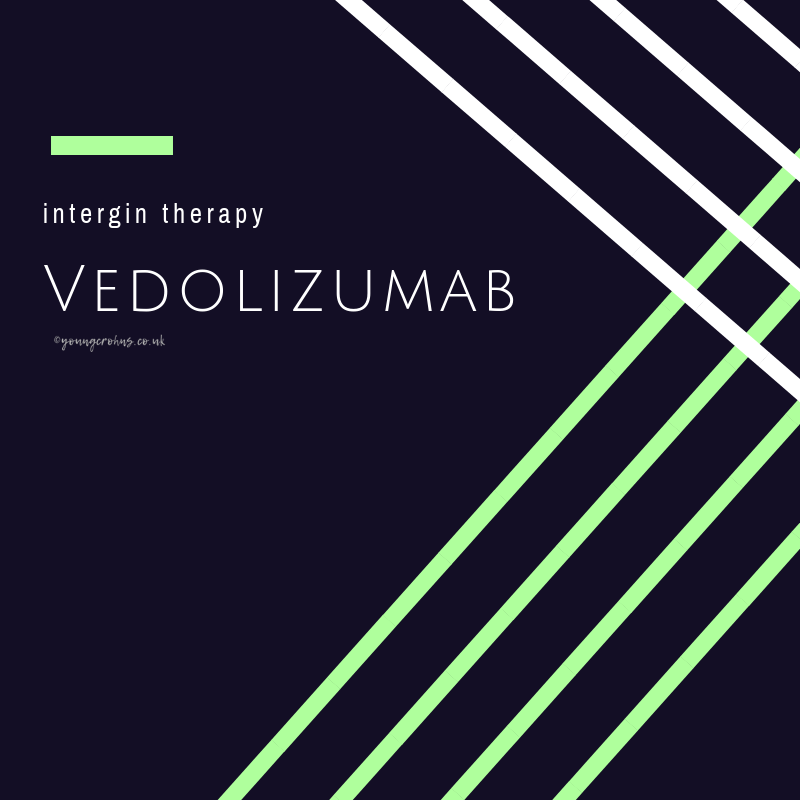
Life Lately | Wound Care
DISCLAIMER: This post discusses the care of surgical wounds. No photos of any wounds are present in this post.
The thing with surgery is you are left with scars. Scars mean wounds. And wounds mean wound care.
For each of my bowel surgeries, I’ve been left with wound in the immediate post op period. My Right Hemicolectomy left me with four laparoscopic wounds, one of which was in my belly button and became infected.
My Subtotal Colectomy I had a midline incision which came slightly undone about two weeks post op and scared the life out of me at a family party. After a quick drainage of the fluid behind a pesky stitch, my wound healed beautifully.
And of course, this Proctectomy has left me with a longer midline incision and a perianal wound.
Both of these have their issues. While both are healing as expected, it can be tricky. Their location on the body means that they do not get frequent access to the air to help dry the wounds out. They reside in areas of the body where moisture is present; whether that be sweat, bodily fluids or just water from keeping clean.
This means they take longer to heal.
They are prone to infections.
They require daily dressing changes.
They are sore and painful.
Right now, all four of these things are true.
What exactly happens during a dressing change?
Usually this care takes place within the local health community – be it with a Practice nurse at a GP surgery or a nurse at a minor injury unit – and is determined by the medical team on discharge from hospital.
Requirements of dressing changes are written instructions from the hospital to the GP, via the patient. An electronic communication also follows, but usually after a couple of days with workload pressure.
I’ve been going daily to my GP practice for changes – primarily for my perianal wound as it is more prone to infection, is in a difficult to manage area for myself to do this and so that it can be closely monitored.
On this site, I have the wound cavity cleaned out with saline, checking the colour and consistency of the discharge, the area cleaned and then redressed.
I also have a small wound on my midline that is below a crease of skin above my pubic bone, where my midline scar was extended in surgery. It wasn’t an open wound, but more of a small split that came from the removal of the surgical glue on the incision and the friction made by movement. This wound is being treated with a special foam which helps draw the wound closed. It is checked, cleaned, foam applied followed by a breathable dressing.
What is used on each site?
The perianal wound is dressed with a Biatain Silicone dressing – shown below. These are foam dressings which allow for absorption of the discharge as well as some cushioning on the skin. They are low adhesive too, so are removed without much distress to the skin or patient.

There is also Biatain Alginate – shown above. This is used underneath the dressing for additional absorption of fluid.
My wound instructions specified Biatain dressings and no packing. As my wound was cut open slightly to allow an infection to drain on Day Five of my admission, my consultant requires nothing be place inside the cavity. We are aiming to create secondary growth of tissue, so that it heals from the inside out. Packing would not allow this to occur, as skin would form over the cavity entrance and allow infection or an abscess to form.
Then we move onto my small wound on my midline. This is cleaned and redressed in a breathable dressing, but it also has Inadine – shown below – place on top of the skin before the dressing. It comes in a large sheet, to which you can cut to wound size, and the two side release away to reveal the iodide inside. This will pull into or absorbed into the wound over time between dressing changes. It does leave a orange tinge to the dressing and sometimes it can seep through but it’s been working wonders for that particular wounds healing.

How long will this be for?
For the foreseeable future. Daily changes will keep the wound from becoming infection and allows some inspection of the state of healing from a healthcare professional. Wounds tend to have four main stages, broken down into days as follows:
- Phase 1: Hemostasis Phase – This is the first stages which begins at the onset of injury. The body activates its emergency repair system – the blood clotting system – and forms a blockage at the site. This is typically the first 24 hours.
- Phase 2: Defensive/Inflammatory Phase – This second stage focuses on destroying the bacteria and removing debris, preparing the wound bed for the growth of new tissue. White blood cells come in to destroy bacteria and remove debris, becoming highly populated between 24 to 48 hours after injury and decrease after three days. Another type of white blood cell arrives to begin the process of tissue repair. This phase often lasts four to six days and is often associated with swelling, reddening of the skin, heat and pain.
- Phase 3: Proliferative Phase – Once the wound is cleaned out, the wound enters Phase 3 where the focus is to fill and cover the wound. This phase features three distinct stages: 1) filling the wound; 2) contraction of the wound margins; and 3) covering the wound. This phase often lasts anywhere from four to 24 days.
- Phase 4: Maturation Phase – During this phase, the new tissue slowly gains strength and flexibility. It can vary greatly from wound to wound, often lasting anywhere from 21 days to two years.
The healing process is remarkable and complex, and it is also susceptible to interruption including moisture, infection, age, nutritional status, and body type. When the right healing environment is established, the body works in wondrous ways to heal and replace devitalized tissue.
For my particular perianal wound, it could be 8 weeks or as long as 6 months, depending on an number of factors. And due to that alone, no-one is keen to give me an estimate but will keep me monitored to ensure timely response to possible infection.
How do you cope with this – both physically and emotionally?
It was expected to be painful, as it’s a direct result from surgery on that area. But I felt confident about the surgery and knew what to expect. I was warned about how long the healing would take on my anus and that it would need care afterwards.
However, getting an infection on Day Five wasn’t to be foreseen but it was dealt with and I was discharged. I took wound dressing appointments in my stride, knowing that I had to be careful and avoid any long periods of time sitting, had to ensure my nutrition was good and I was getting plenty of fluids and rest in the first couple weeks. But as my strong pain relief was lowered and I could feel the reality of this, it is difficult to cope with. I’ve had some CBT prior to surgery for my GAD and I pulled some tricks from there to keep me focused and positive when things have been not so peachy. But I have been taking it in my stride. One day at a time, an appointment at a time; not making too many plans but not being so cooped up that I got cabin fever.
As this will continue for at least a couple of months, I know I will have to adapt to some of the things that come about. Already I can think of these being returning to work, travelling, being more active. It’s a balancing act – alot like most of the time with any chronic illness – to find the line of where you feel safe and comfortable but without too much aggravation. It’s taken me a long time to get into the swing of that – heck, to even accept there is a balance between doing too much and not doing enough / being challenged enough – so this is just going to be a big experience I need to learn from.
Don’t get me wrong, I have had moments in the last week or so when I’ve been very annoyed or angry about this. But I chose this surgery. I needed it. This wound is just temporary. Yes, temporary as in six months or less, but still, it is not going to be the norm forever. Things will heal and I need to be patient.

Do you have any questions or queries? Or just want to share your own experiences? You can leave me a reply here or leave comments via my social media accounts – on Twitter, find my blog page on Facebook and over on Instagram




1 Comments
Allice Williams
09/05/2019 at 05:20
Nice and Informative post. I would say for healing all type of wounds dressings, bandages and surgical tapes will be useful along with the medicine. Thanks for this post.